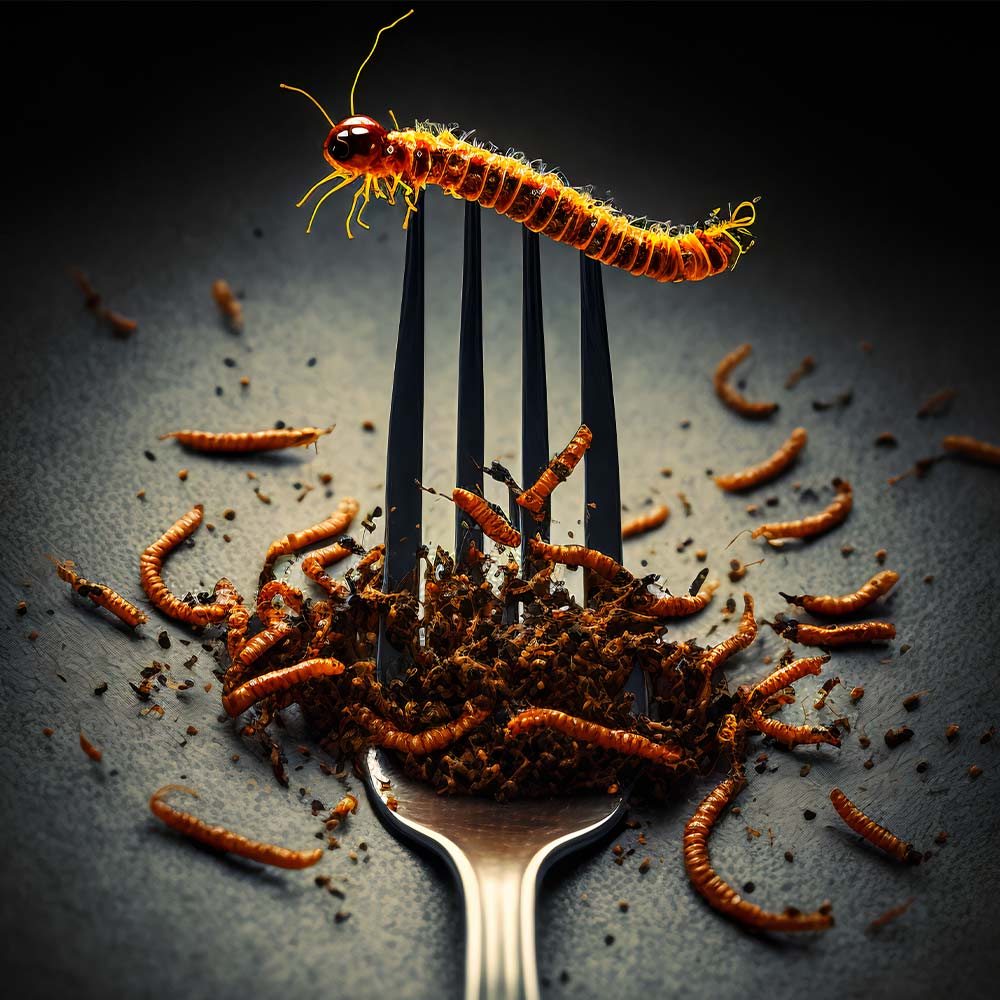Your basket is currently empty!
Introduction
Mealworms, also known as Tenebrio molitor, are a popular and nutritious food for pets, especially reptiles and birds. Raising mealworms for pet food is a great way to save money and provide a healthy and natural diet for your furry friends. In this article, we’ll explore the pros and cons of raising mealworms for pet food, and provide you with the steps you need to get started.
The Pros of Raising Mealworms
- Convenient and Inexpensive: Mealworms are easy to raise and require few materials, making them an inexpensive and convenient option for pet food.
- High in Protein and Nutrients: Mealworms are an excellent source of protein, vitamins, and minerals, making them a nutritious and healthy option for pet food.
- Good for the Environment: Mealworms are environmentally friendly and have a low carbon footprint, making them a sustainable and eco-friendly option for pet food.
The Cons of Raising Mealworms
- Time and Effort Required: Raising mealworms requires time and effort, including regularly feeding and cleaning their container.
- Potentially Dangerous for Pets: Mealworms can be dangerous to pets if they are not properly prepared or handled, so it’s important to research and follow safety guidelines.
- Attracts Unwanted Pests: Mealworms can attract unwanted pests, such as ants, into your home, so it’s important to keep their container clean and free of food debris.
How to Raise Mealworms
- Gather Materials: To raise mealworms, you will need a container, bedding material, and food for the mealworms. You can use a plastic container with a lid, and fill it with peat moss, wheat bran, or oatmeal as bedding. Mealworms can be fed with dried oats or dog
- food.
- Set up a Container: Once you have gathered your materials, set up the container by adding the bedding material and food. The bedding material should be moist, but not wet, to create a comfortable environment for the mealworms.
- Feed the Mealworms: Mealworms will eat the food you provide them and grow into pupae, then beetles. Make sure to regularly check the food and replace it if it’s running low.
- Harvest the Mealworms: After the mealworms have transformed into beetles, they will lay eggs, which will hatch into more mealworms. You can harvest the mealworms by sifting through the bedding and removing them for use as pet food.
- Raising mealworms for pet food can be a great option for those looking for a convenient, inexpensive, and environmentally friendly option. However, it does require time and effort, as well as knowledge of proper handling and safety guidelines to avoid potential dangers to pets. By following the steps outlined in this article, you can successfully raise mealworms and provide a healthy and nutritious diet for your pets.
- Buy Dried Mealworms Here
Click here to Buy live mealworms On Amazon

